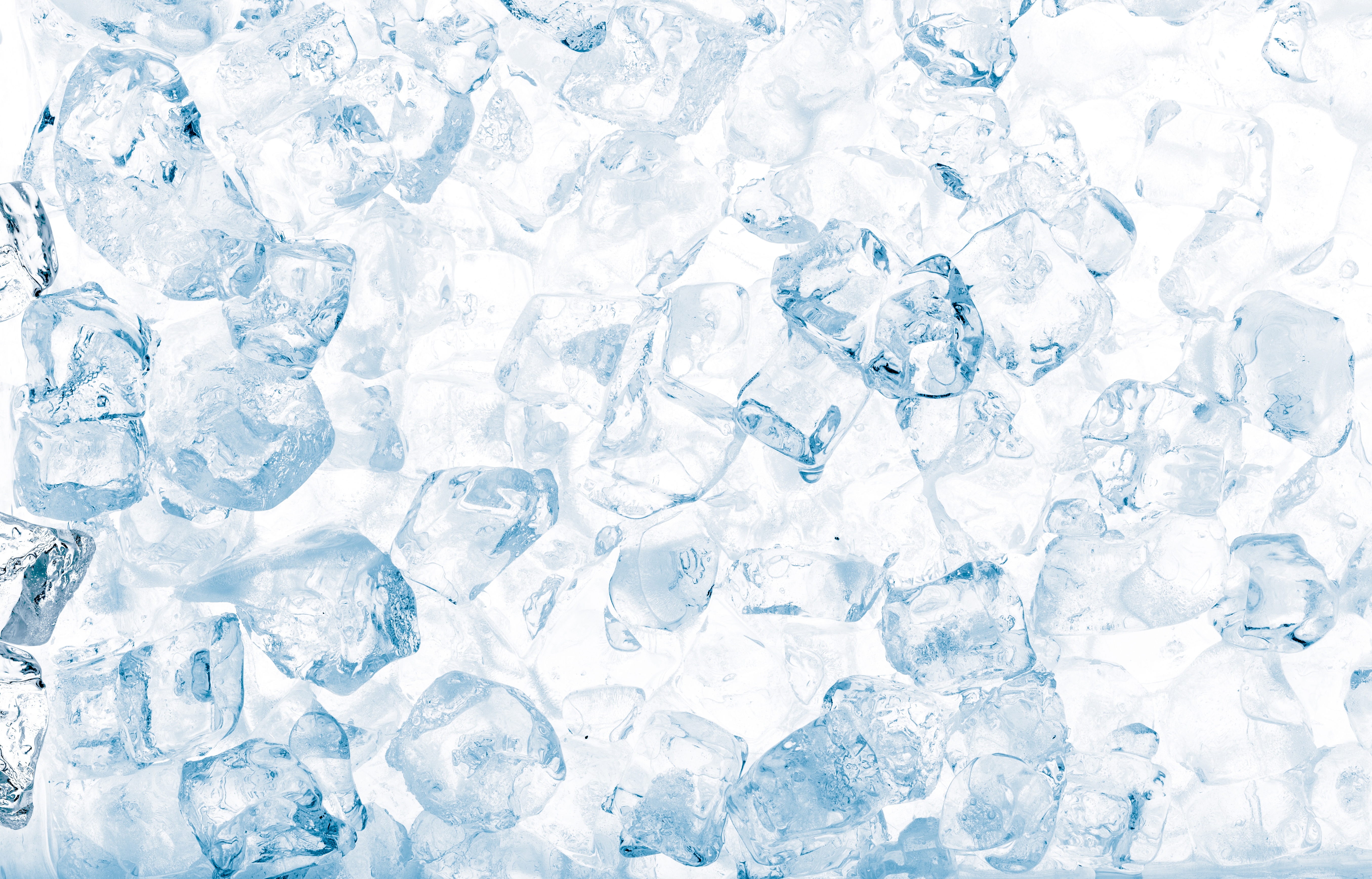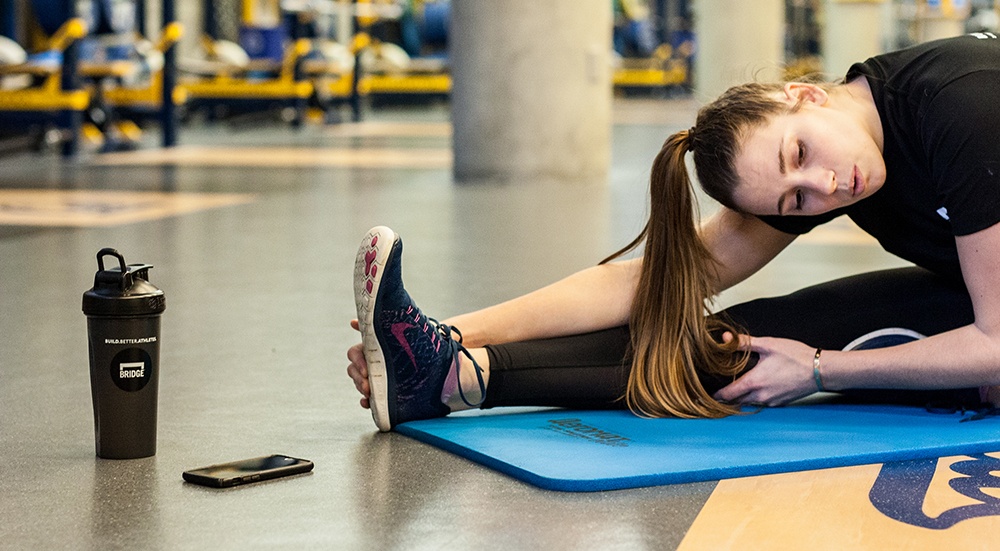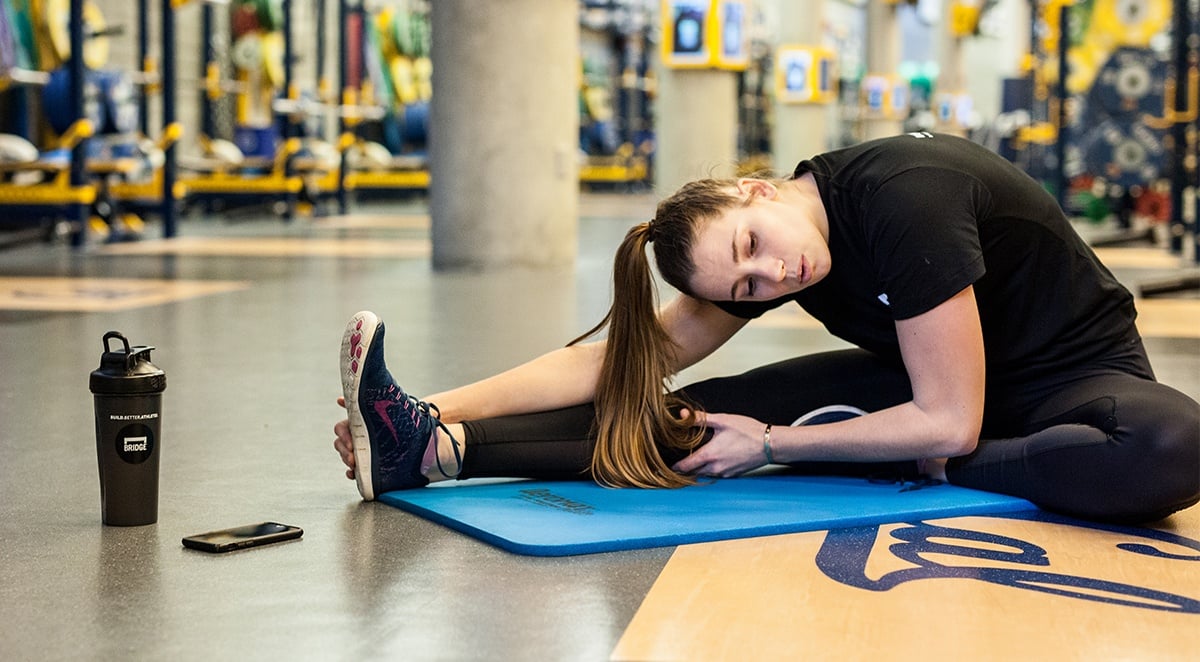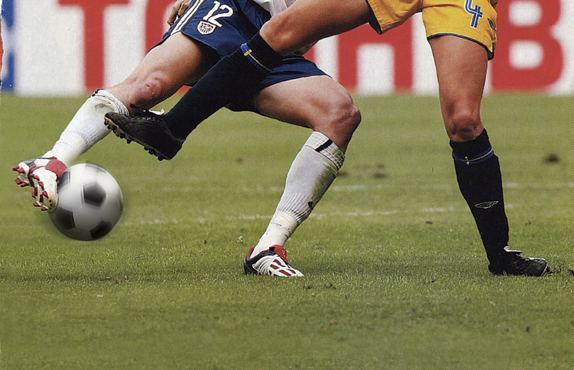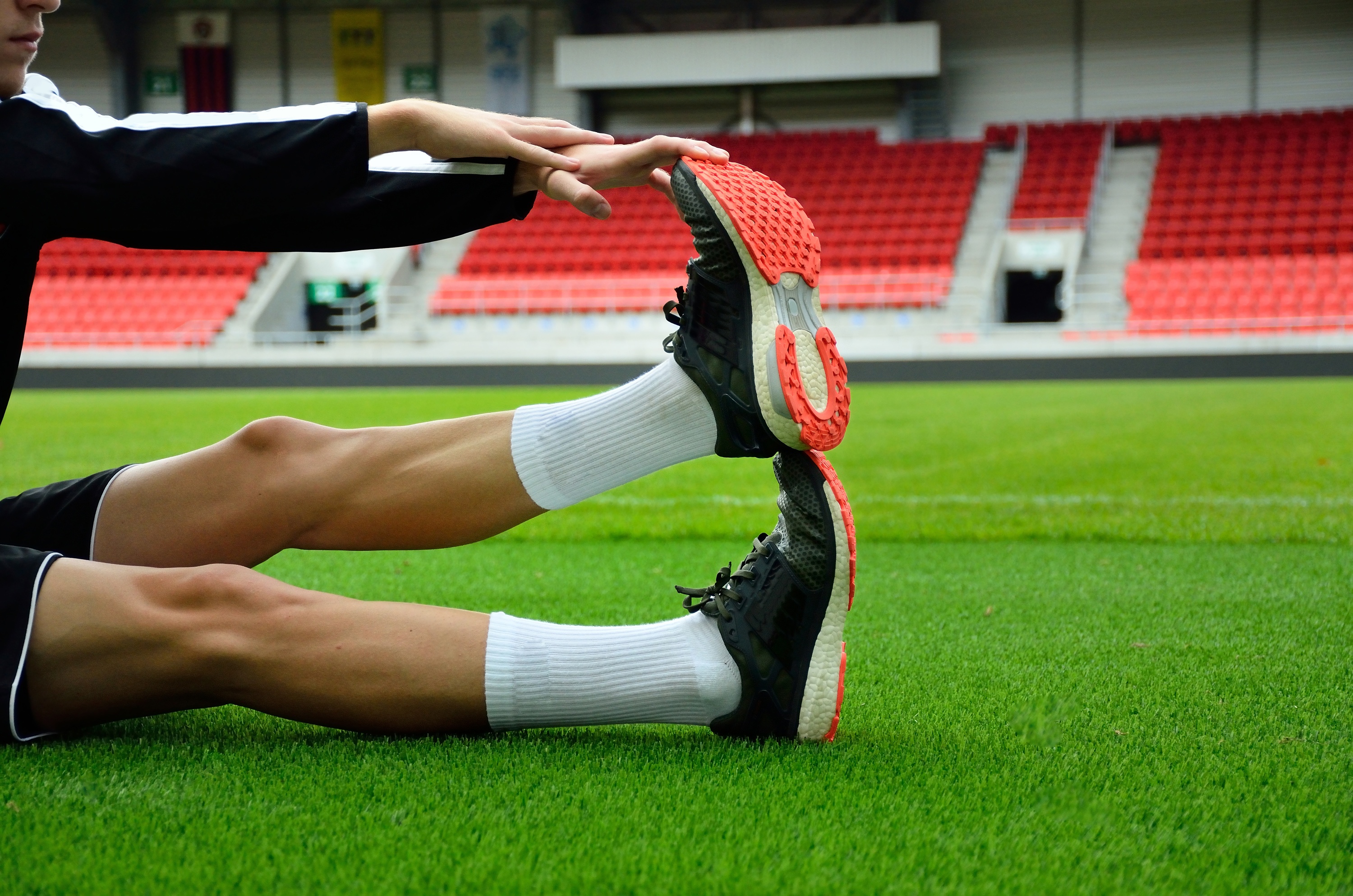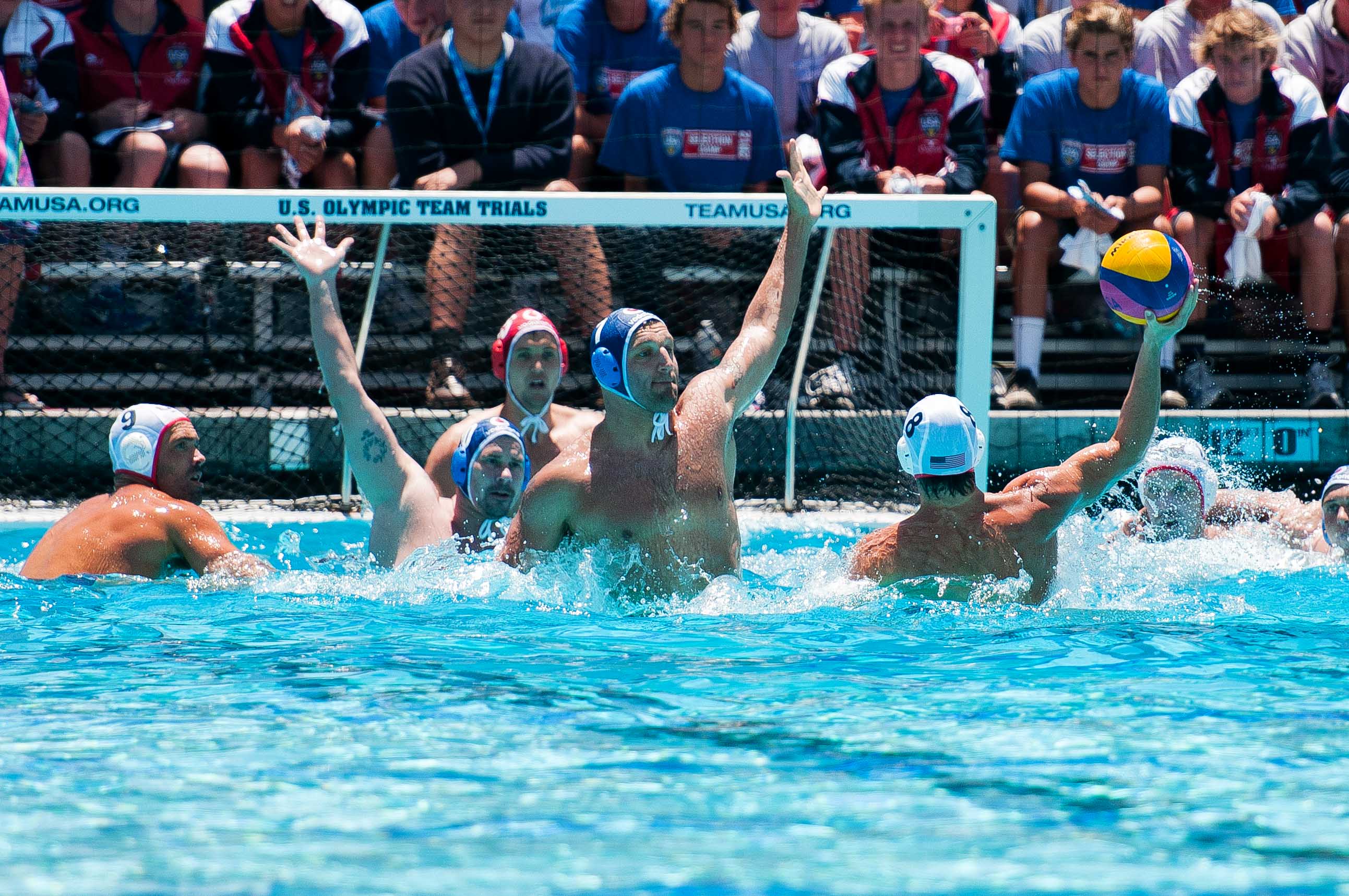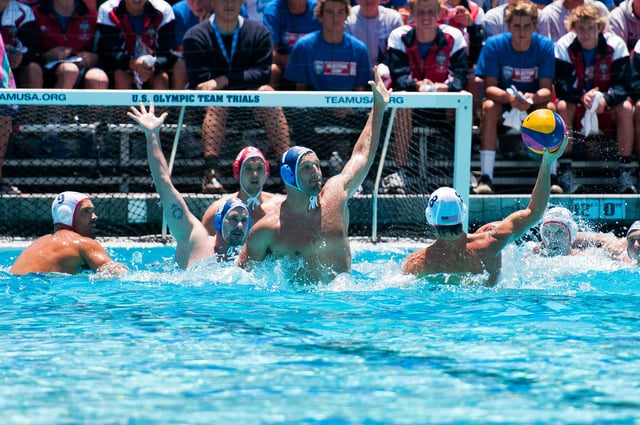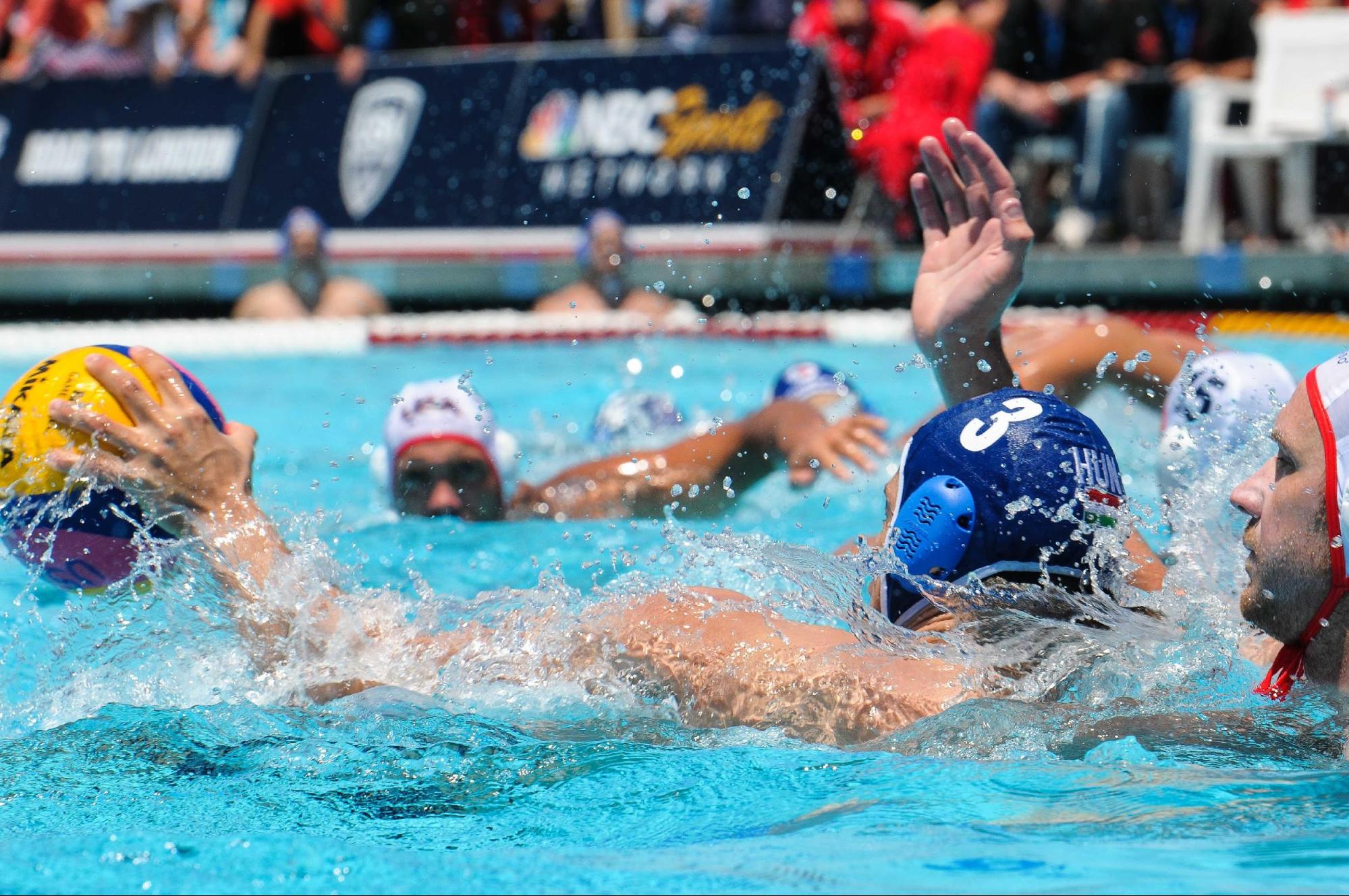Muscle soreness is a familiar and dreaded companion for competitive athletes in training. Ice baths, also known as cold water immersion or cold water therapy, can be an effective recovery method to flush out lactic acid, diminish muscle soreness, and leave athletes feeling fresh for their next training session. This recovery method is common amongst collegiate and professional athletes across a variety of sports.
Read MoreLemon-lime, Fruit Punch, Cool Blue, Pomegranate-Berry, Grape--the list goes on. Today, sports drinks come in endless flavors, dozens of brands, and various sizes-making it a task choosing which one. The sports drink industry continues to grow, providing many different options for the elite athlete. From the low or zero-calorie options to new brands growing in popularity, the market is larger than ever.
Read More
Athletes are regularly pushing their body to the limit with intense training and competition. After practice athletes must re-fuel their body and incorporate a variety of recovery methods. Below is a list of five specific recovery tips that athletes can do in their daily routine that will help accelerate recovery and enhance athletic training.
Read More
Soccer is currently the most popular sport played worldwide and it also, not surprisingly, happens to have the highest injury rate among high school sports, with ankle sprains occurring most frequently. Ankle sprains are a common injury in the sports world, comprising approximately 25% of all sports-related injuries.1 A prior ankle sprain is one of the greatest risk factors for a future sprain, so both prevention and optimal management of acute (new) sprains is essential. This article will briefly review the anatomy and mechanism of an ankle sprain, management options, and finally prevention strategies.
Stats on Ankle Sprains
20% of all injuries in youth soccer players16
25% of all injuries across all sports
Read More
Recovery is an important process to implement in training programs for athletes at all levels in order to prevent injury, reduce fatigue, and enhance athletic performance. Immediately after a practice or competition, athletes should actively cool-down and recover using certain methods. All recovery techniques are valuable for athletes at any level, however there are some unique methods that should be emphasized at the youth level.
Read MoreRecovery is an important process to implement in training programs for athletes at all levels in order to prevent injury, reduce fatigue, and enhance athletic performance. Immediately after a practice or competition, athletes should actively cool-down and recover using certain methods. All recovery techniques are valuable for athletes at any level, however there are some unique methods that should be emphasized at the professional level.
Read MorePlaying goalie in water polo is all about reactive speed and quickness. Defending the goal requires a solid foundation so athletes are ready to block the ball, regain balance to react to multiple shots on cage, and be in good position to make an accurate outlet pass. Dryland training is crucial to not only setting a good leg base to stay high in the water the entire game, but also for balance, flexibility, and injury prevention. Check out this article about building a dominant water polo dryland program.
Read MoreShooting is a complex movement for all water polo players. The shot begins in the lower body and ends with an aggressive follow through with your shooting arm. Many water polo players make the mistake of training only rotational and forearm exercises. However, strengthening the entire kinetic chain of muscles is crucial for not only power production, but also for injury prevention. Any weak link in the kinetic chain can send all the force into the wrong area, compromising technique and exposing the body to acute injury. Implementing specific exercises in your dryland program will improve a player's shot.
Read More
Hard work in the gym results in better performance in the pool. Water polo-specific dryland training programs designed for each player’s position, their strengths and weaknesses, and the team’s competition calendar are paying off big time in the pool. Coaches can see the difference in terms of wins and losses. They are also seeing a reduction in injuries and an ability of their players to go hard all season long. Here’s a four-step guide on how to build a water polo-specific dryland program:
Read More

